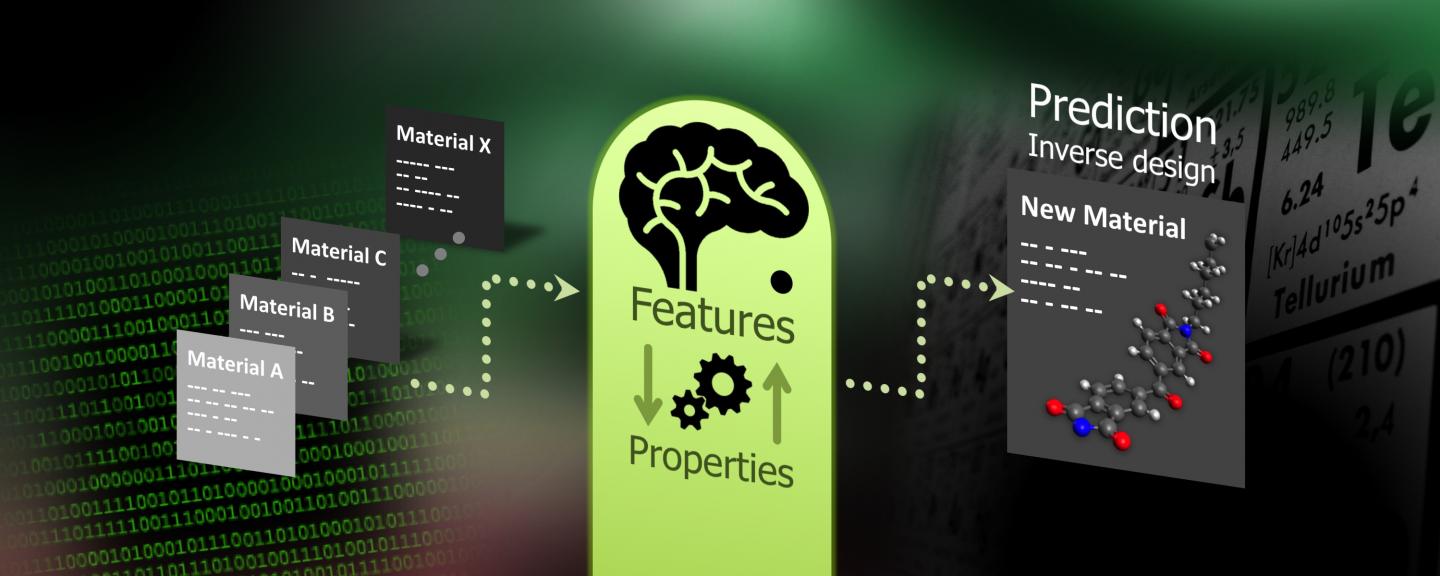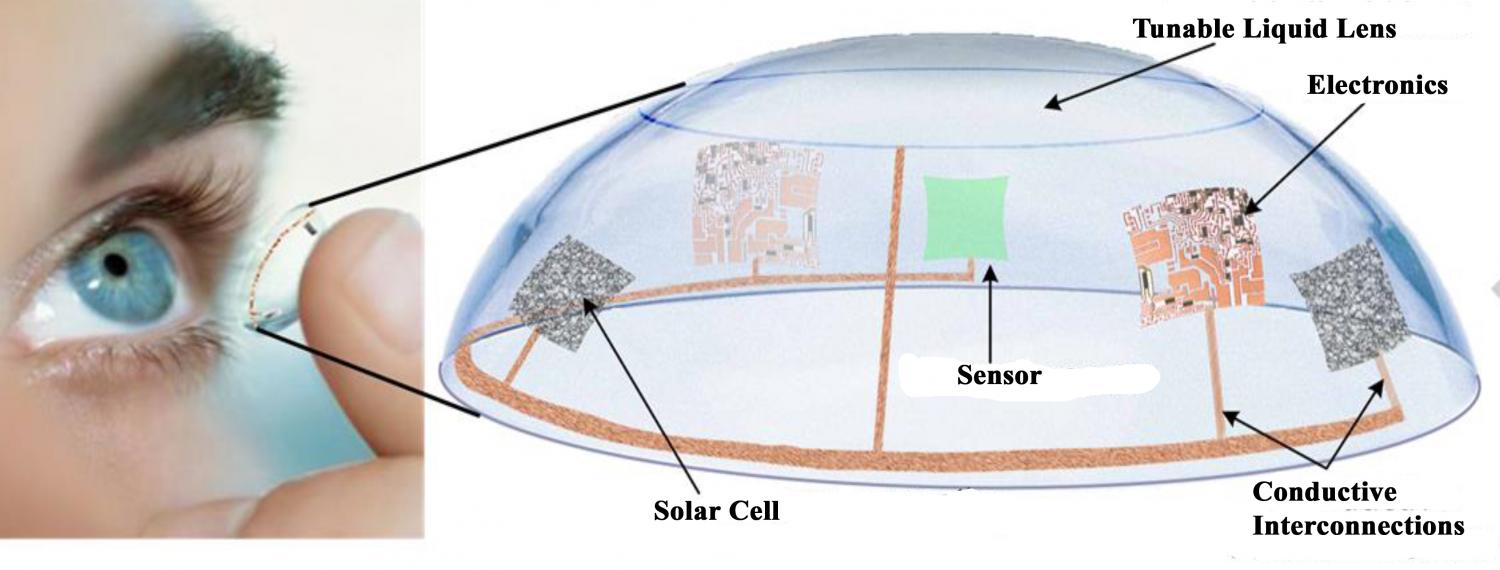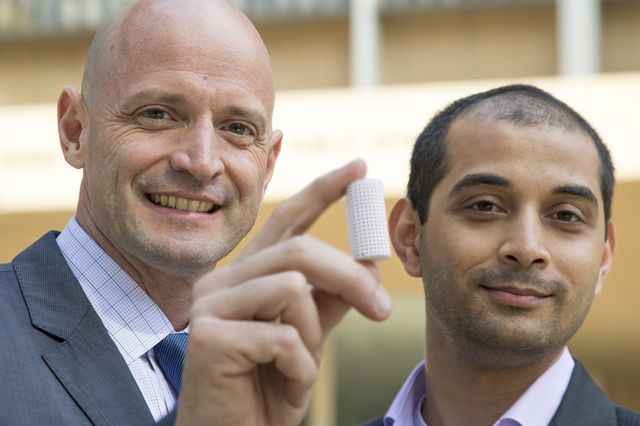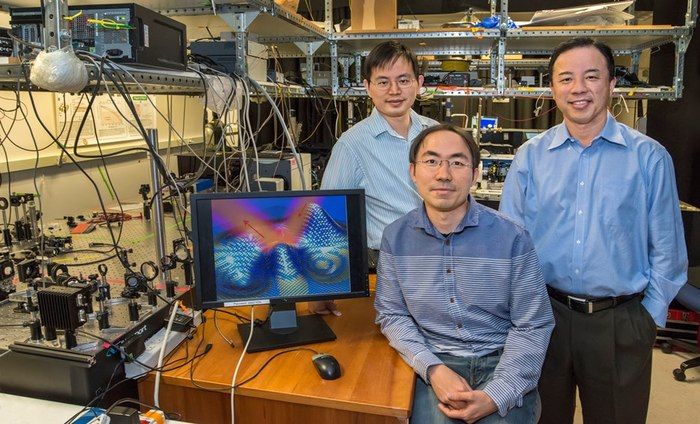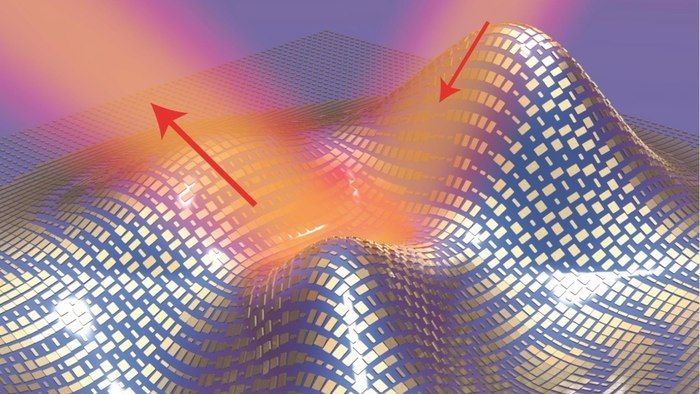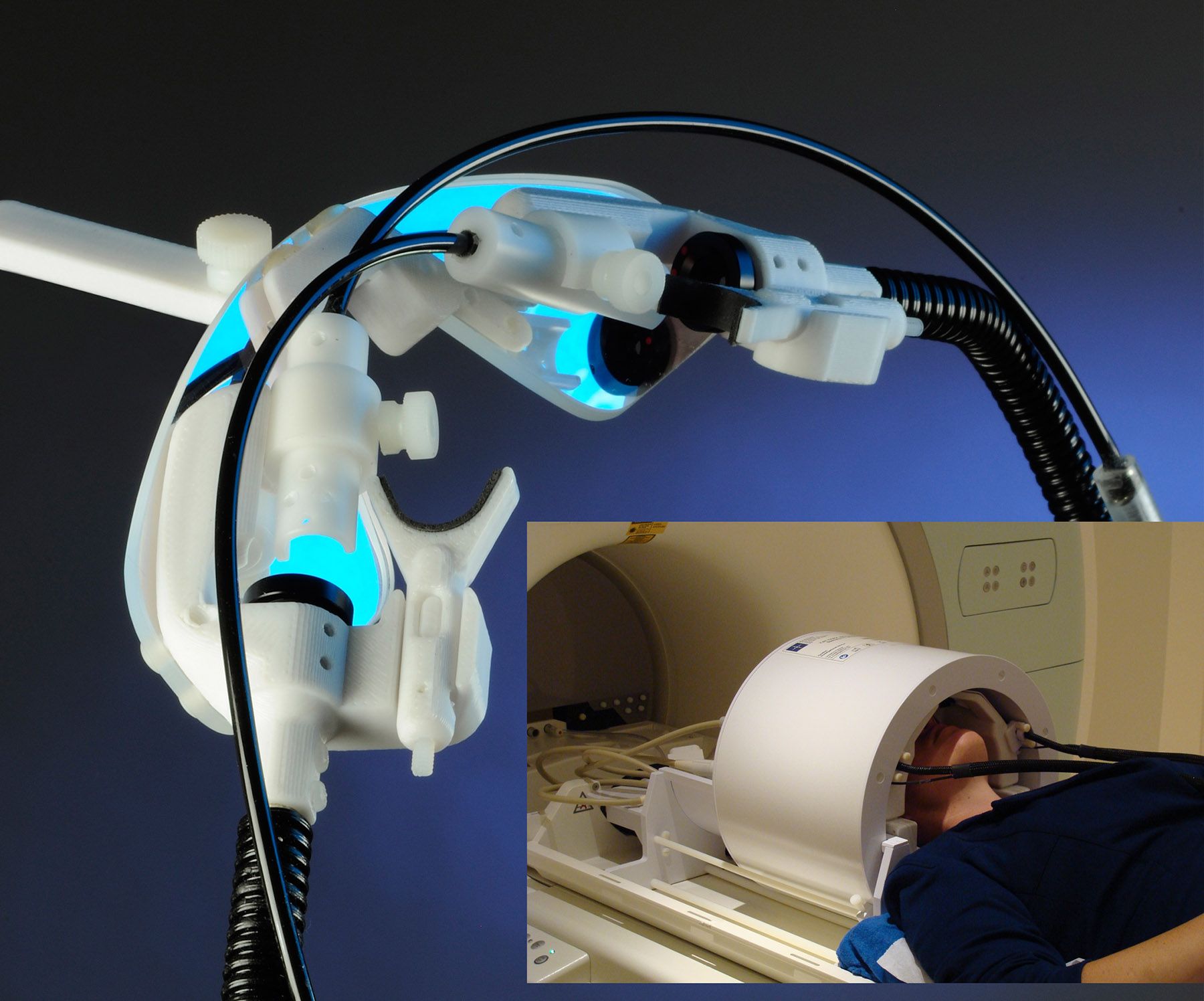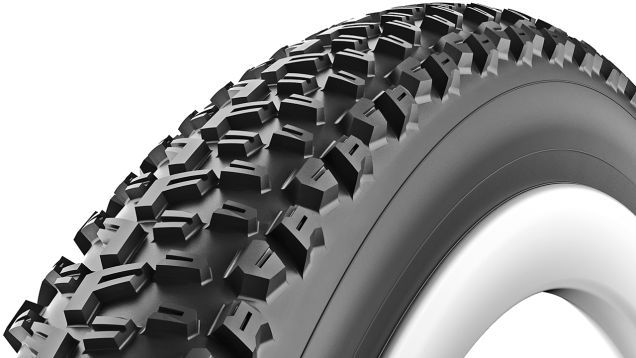Mar 16, 2016
Using machine learning to rationally design future electronics materials
Posted by Sean Brazell in categories: computing, information science, materials, particle physics, robotics/AI, singularity, solar power, sustainability
Even if we don’t create a true AI for a thousand years, these algorithms, pared with our exponentially increasing computing power, could have much of the same effect on our civilization as the more traditional, AI-centric type Singularity. Very, very soon.
Replacing inefficient experimentation, UConn researchers have used machine learning to systematically scan millions of theoretical compounds for qualities that would make better materials for solar cells, fibers, and computer chips.
Continue reading “Using machine learning to rationally design future electronics materials” »
